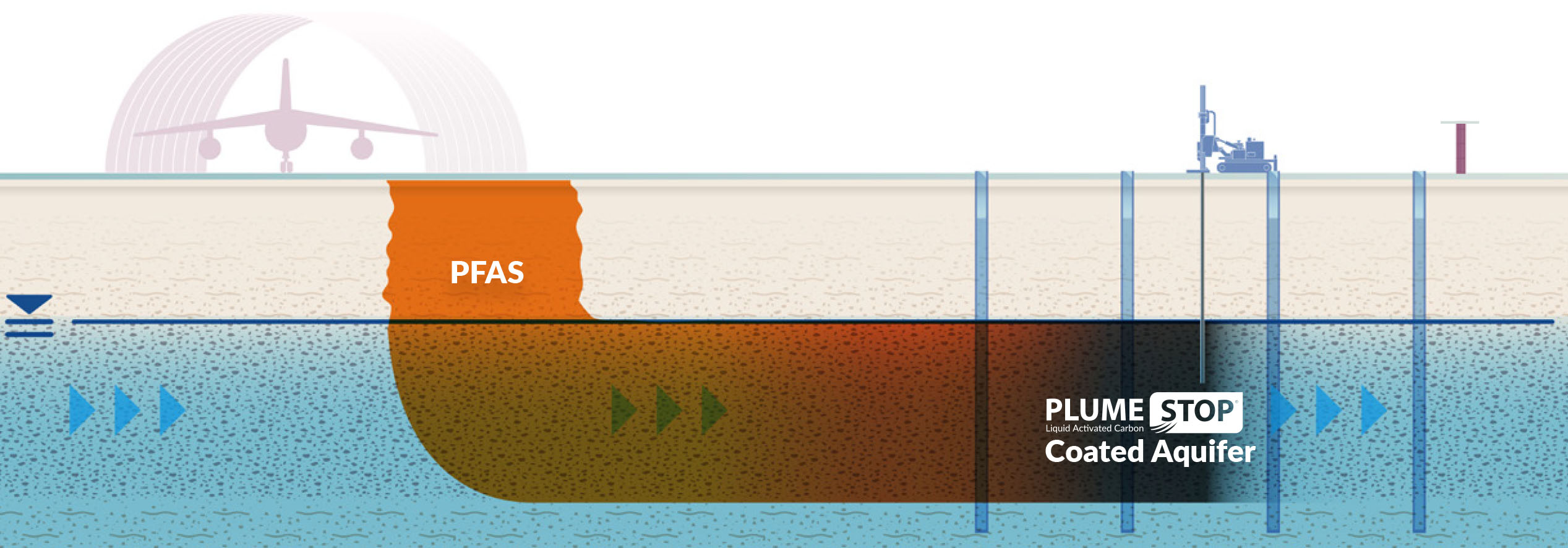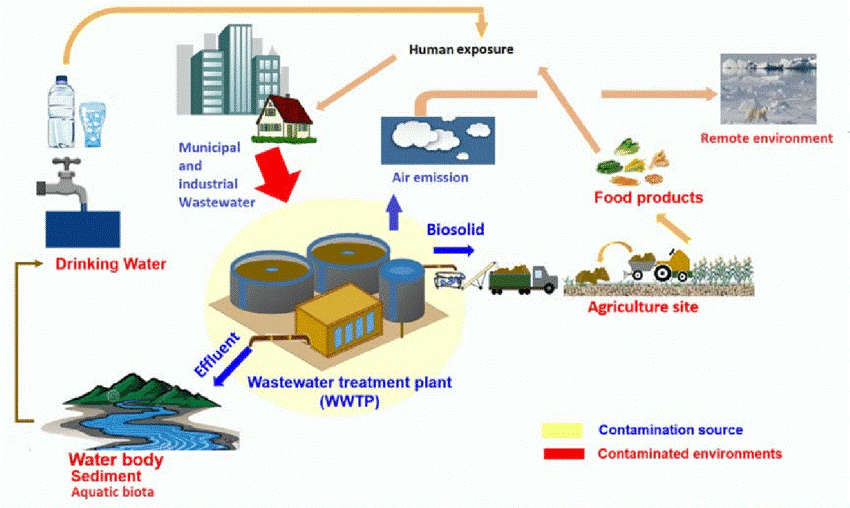M270 PFAS Treatment for Industrial Water Systems
M270 PFAS Treatment for Industrial Water Systems
Blog Article
Innovative PFAS Therapy Solutions for Safer Water
The increasing prevalence of PFAS contamination in water materials necessitates a vital assessment of ingenious treatment solutions. Advanced filtration modern technologies and novel chemical treatments existing appealing opportunities for reducing these persistent contaminants. Additionally, emerging bioremediation strategies supply a more sustainable technique to dealing with PFAS difficulties. As governing frameworks remain to adjust, understanding the effectiveness and scalability of these options comes to be extremely important. What effects do these developments hold for public health and ecological reconstruction, and how can stakeholders effectively execute them in varied contexts?
Review of PFAS Contamination
PFAS contamination has actually become a substantial ecological and public health worry. Per- and polyfluoroalkyl compounds (PFAS) are a group of artificial chemicals understood for their persistence in the setting and human body, leading them to be commonly described as "forever chemicals." These substances have been extensively utilized in different markets, consisting of firefighting foams, water-repellent fabrics, and food packaging, largely due to their water- and grease-resistant homes.
The extensive usage of PFAS has actually caused their detection in soil, water supplies, and also in the blood of people and animals. Research studies have linked PFAS direct exposure to many health and wellness problems, consisting of developing impacts in infants, body immune system disorder, and numerous kinds of cancer cells. Furthermore, the ecological persistence of these substances complicates their destruction and elimination, raising issues about long-term eco-friendly impacts.
Governing bodies are significantly carrying out rigid guidelines to keep track of and decrease PFAS levels in alcohol consumption water and other ecological tools. As recognition of PFAS contamination expands, it has actually ended up being critical for communities and sectors to look for reliable treatment options to alleviate direct exposure and guard public health and wellness.
Advanced Filtration Technologies
As the seriousness to deal with PFAS contamination increases, progressed filtering technologies have actually emerged as a crucial component in the remediation initiatives targeted at getting rid of these relentless chemicals from water sources. These technologies take advantage of advanced systems to efficiently target and capture PFAS compounds, which are infamously immune to standard treatment techniques.
Among the most encouraging strategies is the use of granular triggered carbon (GAC), which adsorbs PFAS molecules because of its high area and permeable framework. This approach has been commonly carried out in both metropolitan and commercial setups, showing considerable reductions in PFAS concentrations. Furthermore, ion exchange materials have actually gained grip, particularly made to uniquely bind PFAS ions from water, therefore facilitating their elimination.
Membrane filtering innovations, such as reverse osmosis and nanofiltration, also reveal efficiency in PFAS removal by physically separating impurities from water - pfas management. These systems can attain high degrees of purity, making them suitable for drinking water applications
Chemical Therapy Technologies
Many chemical treatment developments are being checked out to effectively resolve PFAS contamination in water products. One appealing method involves the usage of advanced oxidation procedures (AOPs), which use effective oxidants such as ozone, hydrogen peroxide, or chlorine dioxide incorporated with UV light to break down PFAS substances right into less hazardous substances. This approach has actually demonstrated efficiency in laboratory settings, showing prospective for scalability in real-world applications.
An additional innovative technique is the growth of ion-exchange materials specifically made to target PFAS. These resins can precisely adsorb PFAS compounds from water, permitting their removal during treatment procedures. Current advancements have enhanced the performance and capacity of these materials, making them a beneficial option for water therapy centers.
Furthermore, scientists are examining the use of chemical representatives like persulfate and ferrous ions to improve the degradation of PFAS in infected water. These agents can cause chain reaction that promote the malfunction of consistent PFAS compounds.
Arising Bioremediation Methods
Current innovations in chemical treatment developments have paved the means for discovering bioremediation strategies as a practical option for attending to PFAS contamination. Bioremediation utilizes the natural metabolic processes of bacteria to deteriorate or transform toxins, making it an enticing method for taking on persistent pollutants like PFAS.
Emerging strategies in bioremediation include using genetically crafted bacteria that can especially target and damage down PFAS compounds. These microbial stress are being established for their enhanced deterioration capacities, raising the effectiveness of the remediation process. Additionally, scientists are exploring the possibility of plant-assisted bioremediation, where specific plant types might uptake and sequester PFAS from contaminated soil and water.
One more encouraging approach is the application of bioaugmentation, which involves introducing useful microbes right into infected settings to enhance the destruction of PFAS. This technique can help with faster remediation timelines and improve general performance.

Governing Structures and Specifications
A detailed regulatory structure you could try here is vital for successfully handling PFAS contamination and making certain public health and wellness security. The enhancing acknowledgment of per- and polyfluoroalkyl compounds (PFAS) as environmental contaminants has actually prompted various federal and state agencies to develop Recommended Site criteria that govern their existence in water supplies. The United State Epa (EPA) has established wellness advisories and is pursuing setting enforceable limits for PFAS in alcohol consumption water.
State-level laws differ dramatically, with some states embracing stricter guidelines than those suggested by the EPA. These regulations usually consist of optimum pollutant levels (MCLs) for particular PFAS compounds, tracking requirements, and reporting responsibilities for water utilities. In addition, emerging frameworks concentrate on the removal of polluted websites, highlighting the need for reliable treatment modern technologies.

Verdict
Finally, the growth and implementation of cutting-edge PFAS therapy solutions are essential for addressing the prevalent issue of water contamination. Advanced purification technologies, chemical therapies, and emerging bioremediation strategies jointly present a company website complex approach to efficiently reduce and deteriorate PFAS degrees. As regulative structures proceed to evolve, integrating these modern technologies will be important to protect public health and wellness and recover the integrity of polluted water resources, inevitably contributing to a cleaner and safer setting.
Report this page